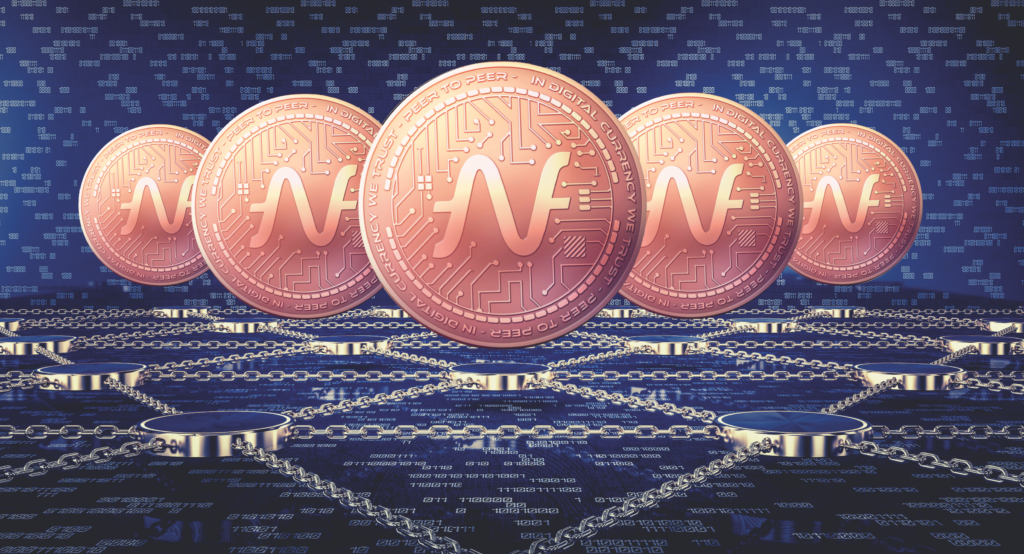Understanding Market Capitalization in Crypto
If you’re dealing in cryptocurrencies, one of the terms you’re going to hear quite often is “capitalisation” or “market cap”. In today’s blog post, we’ll give you an easy explanation of what market cap means, and hopefully you can understand, after today, why it matters.

If you go to coinmarketcap.com, you can see all the different crypto assets and what their market caps are. The market cap of a crypto asset is basically the market value of all circulating supply – added up. The circulating supply in the market, is simply the number of coins held by the buyers in the market at a given time. So to sum it up:
Market Cap = Price x Circulating Supply
From the above function, we can therefore derive the price function which is:
Price = Market Cap / Circulating Supply
To prove this is the case, let’s take for example, SunContract’s SNC token:

If we take the 122,707,503 SNC tokens, and multiply it by the price which is at the time of writing $0.040396, we will arrive at the capitalisation value shown above: $4,956,917:
Current MC = 122,707,503 x $0.040396 = $4,956,917.
Concurrently, we will arrive at the price:
Current P = $4,956,917 /122,707,503 =$0.040396
Relationship between Price, Circulating Supply and Market Cap:
So exactly how are price, circulating supply and market cap related? We’ll run through the interconnectedness of the 3 using the following example:
SNC Token Example
Imagine that you purchased 10,000 SNC token at the current price of $0.040396. Your cost for the purchase will be:
Cost = 10,000 SNC x 0.040396 = $403.96
Assume that new money enters the project and the market cap rises to $10,000,000. Since SunContract’s SNC total supply = SNC circulating supply, the supply will never change. The new value of your 10,000 SNC will therefore be:
New Price = New Market Cap / Supply
New Price = 10,000,000 / 122,707,503 = $0.08149
New Investment Value = 10,000 SNC x 0.08149 = $814.9
Token X (example)
Now, imagine another token X whose circulating supply is different from the total supply. Let’s say the current circulating supply = 122,707,503 just like in the previous example. Token X costs exactly the same as SNC token as well – $0.040396. You purchase the same amount of Token X as you did SNC tokens : 10,000 Token X. Your purchase cost will be the same:
Cost = 10,000 SNC x 0.040396 = $403.96
Assume that new money enters the project and the market cap rises to $10,000,000. Also, assume, that the new circulating supply increases to 250,000,000 of Token X. The new value of your 10,000 Token X investment will now be:
New Price = New Market Cap / New Circulating Supply***
New Price = 10,000,000 / 250,000,000 = $0.04
New Value = 10,000 SNC x $0.04 = $400
Summary:
1. Market Cap gives the whole picture as it combines both supply and price factors
2. Price is dependent on circulating supply and money entering the project (market cap)
3. Price becomes unaffected by circulating supply once circulating supply = total supply. At this point, only changes in market cap affect the price of your investment.
4. SNC token has a total supply that is equal to its circulating supply. What this means is that the price of SNC can only be affected by market cap, and not by an increase in circulating tokens – since all tokens are already released in the market.
Interested in getting your hands on some SNC? Click the link below for all the deets!


